介绍
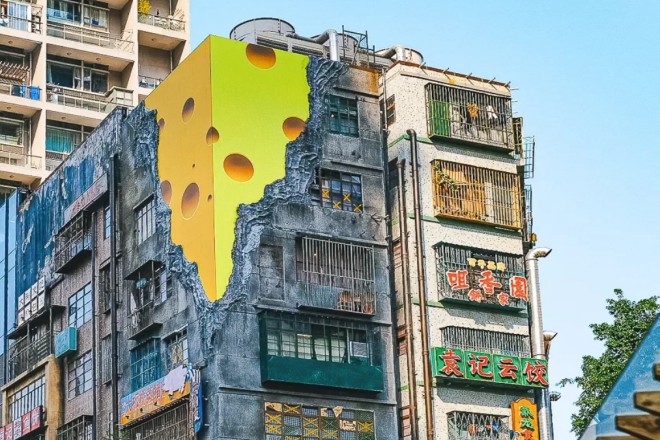
走在繁华的城市,你有没有注意到那些被时间雕刻的老建筑?它们见证了城市的变迁,却也在现代化的大潮中渐渐褪色。但今天,就让我们一起见证一场科技与历史的精彩碰撞——LED显示屏如何赋予老建筑新的生命!
本文将带你深入探索如何 LED显示屏 科技可以以其独特的视觉魅力和无限的创造力给老建筑披上现代科技的光环。
你会看到,这些古老的建筑在LED显示屏的映衬下,不仅保留了原有的文化底蕴,而且焕发出前所未有的活力与光彩。
无论是文化遗产的活化,还是商业空间的复兴,LED显示屏都以其出色的表现力赋予了老建筑新的生命和意义。
你准备好了吗?让我们一起踏上这场视觉文化盛宴,感受LED显示屏与老建筑碰撞出的火花,开启一场前所未有的城市探索之旅!
1. 老旧建筑困境与机遇分析
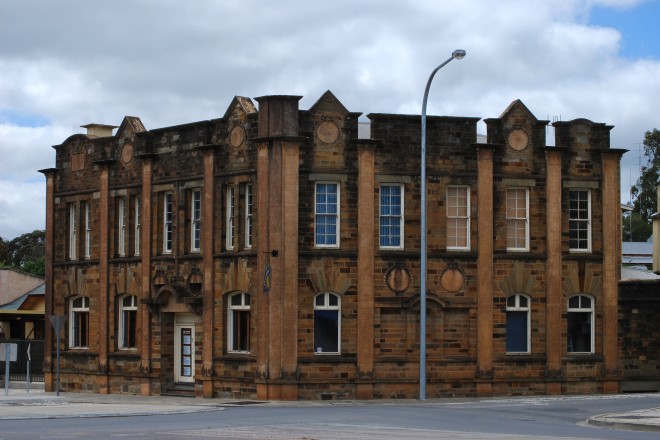
1)。面临的挑战
旧建筑在城市更新中主要遇到三大问题:
功能陈旧:原有的设计已不再满足现代需求,导致建筑闲置。
外观老化:随着时间的推移,侵蚀导致建筑物损坏,影响其外观和安全。
维护成本高:传统材料和工艺增加了维护的难度和成本。
2).文化价值意义与现代转型
2.1). 旧建筑承载:
文化记忆:独特的风貌和历史背景,是城市文化多样性的体现。
历史见证:记录城市发展,承载民族记忆。
2.2).现代化转型的必要性在于:
功能升级:适应现代化需求,如改造为创意园区、艺术空间等。
节能减排:提高能源效率,采用绿色技术。
经济促进:带动设计、建筑、旅游等产业,激发城市活力。
综上所述,老建筑虽然面临挑战,但通过现代化改造,不仅可以保护文化遗产,还可以促进城市经济发展。
二、旧楼安装LED显示屏的好处
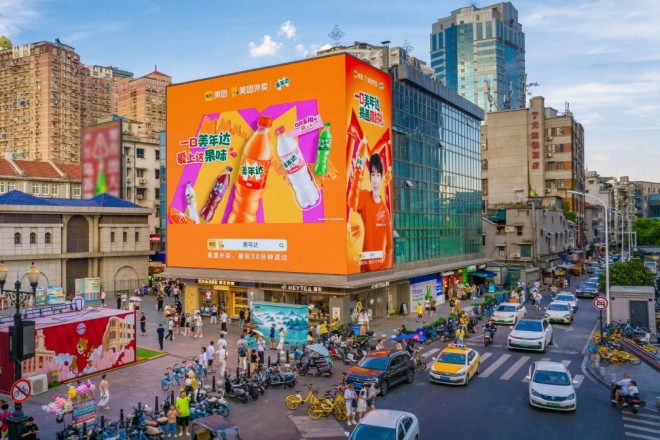
当我们谈论旧建筑与现代科技的融合时,LED显示屏无疑是一个值得深入探讨的话题。它不仅为旧建筑注入了新的活力,而且在多个层面上产生了深远的影响。下面,我们来详细讨论一下在旧建筑中安装LED显示屏的几个显著好处。
1). 视觉创新:让老建筑焕发新生
LED 显示屏具有高 亮度 和高 解决,给老建筑带来前所未有的视觉冲击。
每当夜幕降临,五彩灯光在显示屏上跳跃,古老的建筑仿佛被赋予了新的生命,变得熠熠生辉,这样的变化不仅让建筑本身更加引人注目,也让整座城市在夜晚焕发出迷人的光彩。
2). 功能扩展:广告、信息传播工具
LED显示屏不仅美观而且实用,作为广告传播媒介性价比非常高,商家可以在这里展示产品、发布促销信息,吸引路人的目光,从而增加销售机会。
同时,显示屏还可以用来发布公共信息,如天气预报、交通状况等,为市民提供实用的生活指南。这种功能的拓展,让老建筑在现代城市中找到了新的定位和价值。
3).展现城市文化:打造城市地标
每个城市都有自己独特的文化特色和历史传承,LED显示屏可以成为展示这些文化元素的窗口。
显示屏通过精心设计的画面和灯光效果,将城市的文化故事、历史变迁、民俗风情等生动地展现出来,不仅让市民更好地了解自己的城市,也让游客在游览过程中感受到城市的独特魅力。
因此在老建筑上安装LED显示屏有助于打造城市新地标,提升城市的知名度和美誉度。
4).节能、环保、安全:绿色技术的体现
在追求美观与功能的同时,节能、环保、安全也不容忽视,LED显示屏作为绿色科技产品,具有功耗低、寿命长、材质环保等特点。
它的安装不仅减少了能源消耗和环境污染,还降低了维护成本,同时LED显示屏的结构设计和安装方式都经过了严格的测试和认证,确保了其安全性。
5)经济效益与社会效益双赢
旧建筑安装LED显示屏不仅能带来广告收入、商业价值提升等直接的经济效益,还能产生广泛的社会效益。
丰富了市民的文化生活,提升了城市整体形象,促进了旅游业的发展。
更重要的是,它展现了现代科技与传统文化的完美结合,为城市的可持续发展注入了新的动力。
3、LED显示屏在旧楼改造中的应用案例
LED显示屏作为现代科技产品,在旧楼改造中发挥着越来越重要的作用。
不仅提升了建筑的视觉效果,对于文化传承、商业复兴、公共空间美化等也具有深远的影响。下面我们将通过几个具体的案例来探讨LED显示屏在旧建筑改造中的应用。
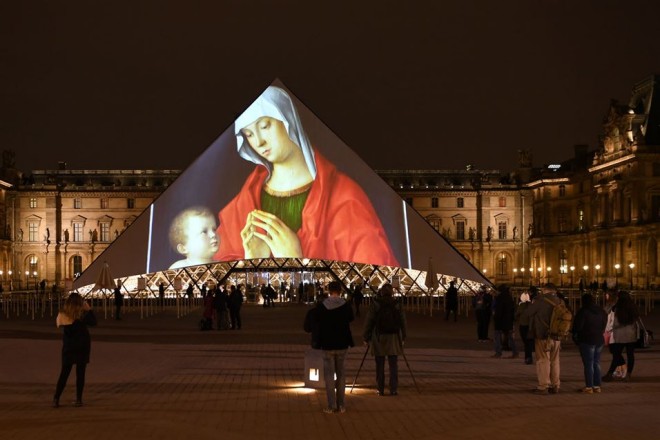
1). 文化遗产活化
1.1). 案例介绍:
在法国巴黎,卢浮宫外墙也安装了LED显示屏,展示馆内珍贵的艺术品以及即将举行的展览的信息。
这样的展示方式不仅吸引了大批游客,也提升了博物馆的知名度和影响力。
1.2).影响分析:
- 增强访客体验:
LED显示屏通过动态、直观的展示方式,让游客在欣赏古迹、博物馆的同时,更加深入的了解历史文化和艺术作品。
这种沉浸式的体验大大增强了游客的参与度和满意度。
- 促进文化传承:
LED显示屏作为文化传承的媒介,将古老的文化遗产与现代科技相结合,赋予传统文化新的活力。
这种传承方式不仅有利于保护文化遗产,也促进了文化的交流和传播。
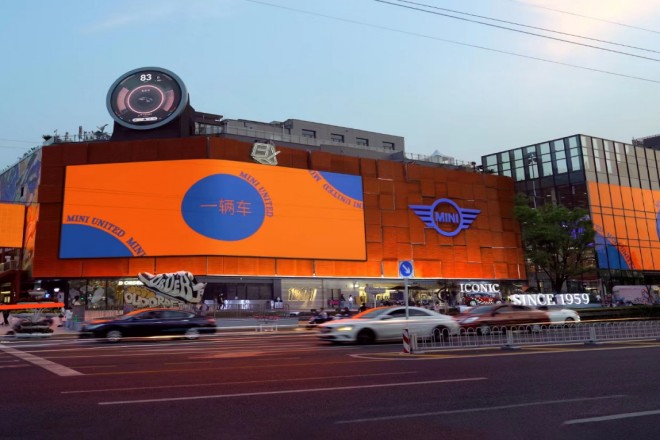
2). 商业航天复兴
2.1). 案例介绍:
- 废弃工厂:
一些废弃的工厂被改造成时尚购物中心或创意园区,LED显示屏在这里发挥了重要作用。
例如,北京798艺术区一些废弃工厂的外墙安装了LED显示屏,播放动态广告和创意艺术装置,吸引了大量人流。
- 老的 购物广场:
一些老牌商场也通过引入LED显示屏实现了复兴。
例如,上海一家老旧商场改造时,在外墙安装了巨大的LED显示屏,播放时尚广告、节日装饰,吸引了大批年轻消费者。
2.2).影响分析:
吸引人们 流动:
LED显示屏通过动感、吸引人的广告、艺术装置等为商业空间带来大量人流。
这种流动效应不仅提升了商业空间的知名度和影响力,也促进了当地经济的发展。
- 促进经济发展:
商业空间的振兴不仅带来租金收入、销售额增长等直接的经济效益,还能促进周边地区的商业繁荣和就业增长。
这种带动效应对于当地经济的可持续发展具有重要意义。
3). 公共空间美化
3.1). 案例介绍:
- 城市广场:
在城市广场,LED屏幕被广泛应用于光影艺术、节庆装饰等,如春节期间,一些城市广场会利用LED屏幕播放春节主题的灯光秀、动画,营造浓郁的节日气氛。
- 街道墙壁:
LED屏幕还用于街道墙壁上展示艺术品和公共信息。例如,纽约时代广场的巨型LED屏幕已成为全球知名的广告平台,每天吸引着数以万计的游客驻足观看。
3.2).影响分析:
- 改善城市美观:
LED屏通过光影艺术、动态展示手段,给城市公共空间带来独特的视觉美感,这种美感不仅提高了城市的文化品位和审美水平,也增强了城市的吸引力和竞争力。
- 对居民生活的积极影响:
LED屏的引入不仅丰富了居民的文化生活,也提高了居民的生活质量,如每逢节假日、庆典活动,LED显示屏的装饰效果让居民感受到浓郁的喜庆气氛、欢乐的氛围。
同时,LED显示屏还可用于发布紧急通知和公共服务信息,为居民提供便利和保障。
4、LED显示屏改造的技术注意事项及设计原则
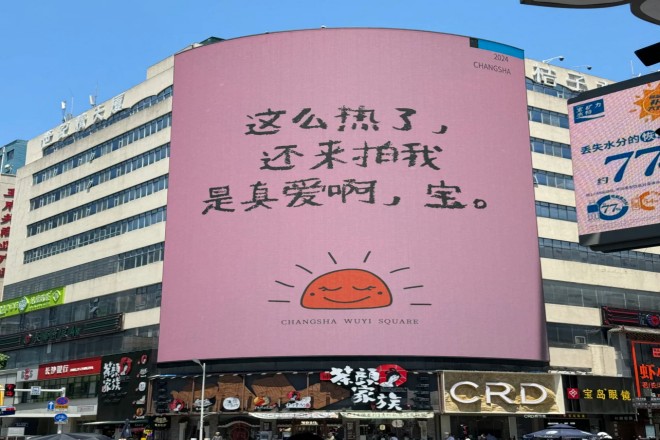
在老建筑上安装LED显示屏,不仅是科技与艺术的结合,更是老建筑历史与现代科技融合的探索。
为了保证改造工程的顺利进行,在技术实施上需要充分考虑旧建筑的结构特点,在设计上遵循一定的原则,以达到和谐、美观、实用的效果。
1). 技术实现要点
- 旧建筑结构评估:
改造前必须对旧建筑的结构进行全面的评估,包括墙体、屋顶、梁、柱等关键部位的强度、稳定性等。
这有助于确定LED显示屏的安装位置和方法,避免对建筑结构造成不必要的损坏。
在评估过程中,可能需要聘请专业结构工程师进行详细的计算和测试,以确保改造方案的安全性和可行性。
- 承重分析:
LED显示屏的重量和安装方式对旧建筑的承重能力提出了挑战。
因此在装修设计时,必须充分考虑显示屏的重量分布和安装方式,保证其对建筑结构的承载力在可接受的范围内。
若有必要,可以采取加固措施,例如增加支撑结构或者调整显示屏的重量分布,以提高其稳定性。
- 电气安全:
电气安全是改造工程中不可忽视的重要环节,在设计、安装LED显示屏时,必须严格遵守电气安全规范,确保显示屏的电源、线路连接、接地系统安全可靠。
同时,还需要考虑显示屏的能耗问题,选择节能的LED产品,以降低能耗和运营成本。
2). 设计原则
- 尊重建筑原貌:
在对LED显示屏进行改造时,应尊重建筑的历史文化价值,避免过度改造或者破坏其原貌。
这就要求我们在设计时要注意与建筑风格的协调统一,保证显示屏的引入不会破坏建筑的整体美感。
例如在纪念碑或历史建筑上安装显示屏时,可以采用隐蔽安装或嵌入式设计,使显示屏与建筑的外观融为一体。
- 与环境和谐融合:
LED显示屏除了要与建筑风格协调外,还应与周围环境相协调。
这包括考虑显示屏的亮度、色彩、动态效果等方面,以避免周围环境的光污染或视觉干扰。
在设计过程中,可以借鉴环境艺术的设计理念,将显示屏规划为城市景观的一部分,与周围环境形成良好的互动与融合。
结论
随着LED显示技术的不断进步与创新,其在旧楼改造中的应用前景将更加广阔。
从文化遗产的活化到商业空间的复兴,从公共空间的美化到城市形象的塑造,LED显示屏正以其独特的魅力和无限的可能性为城市中的老建筑带来前所未有的改变。
最后,如果你想了解更多关于LED显示屏的信息, 请与我们联系。
